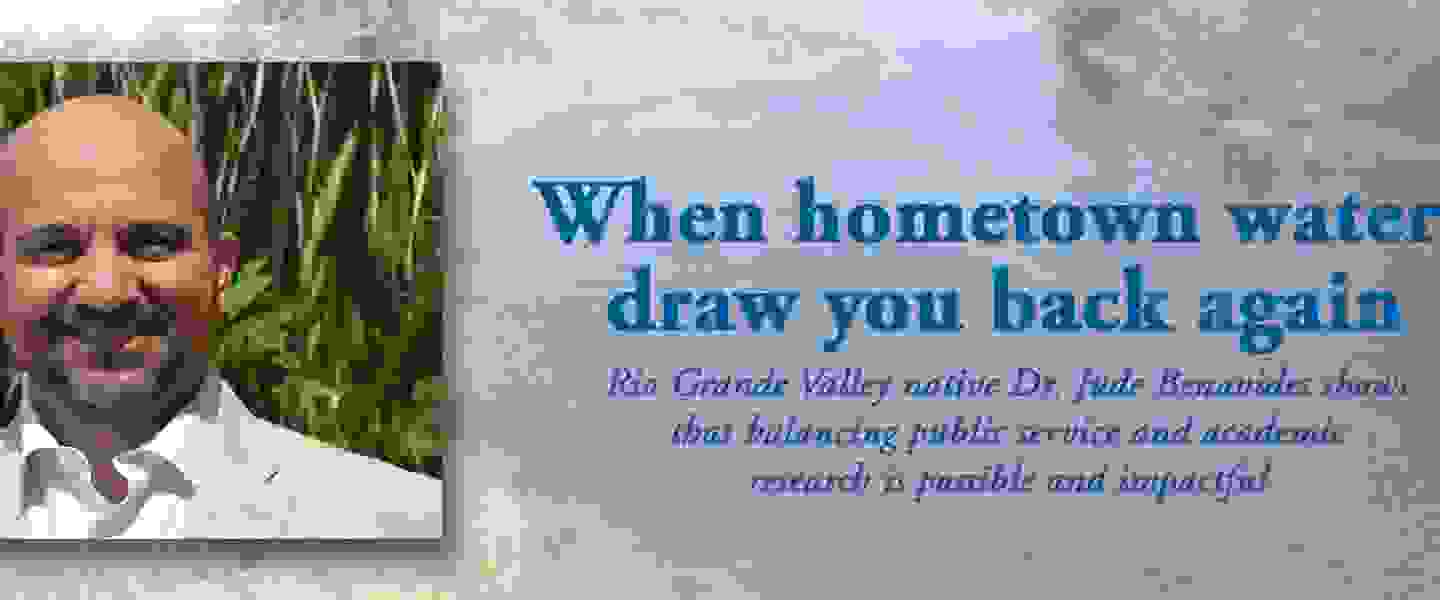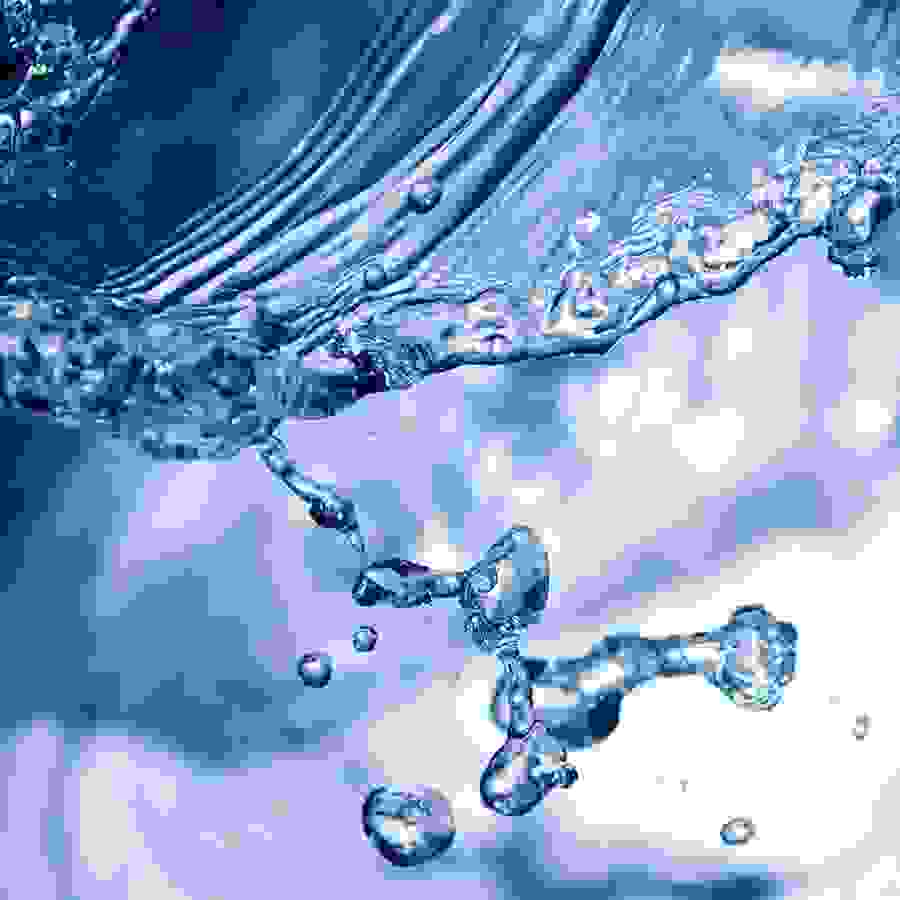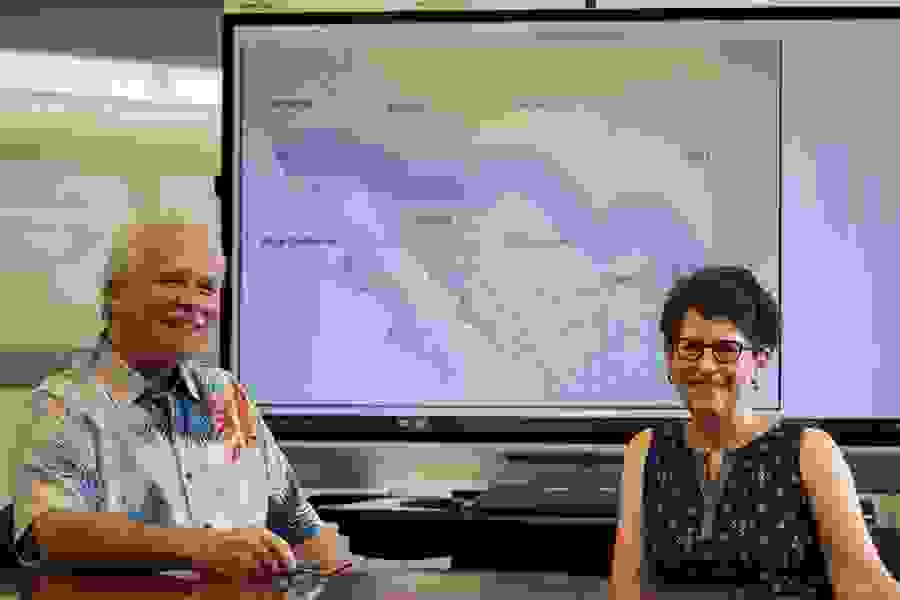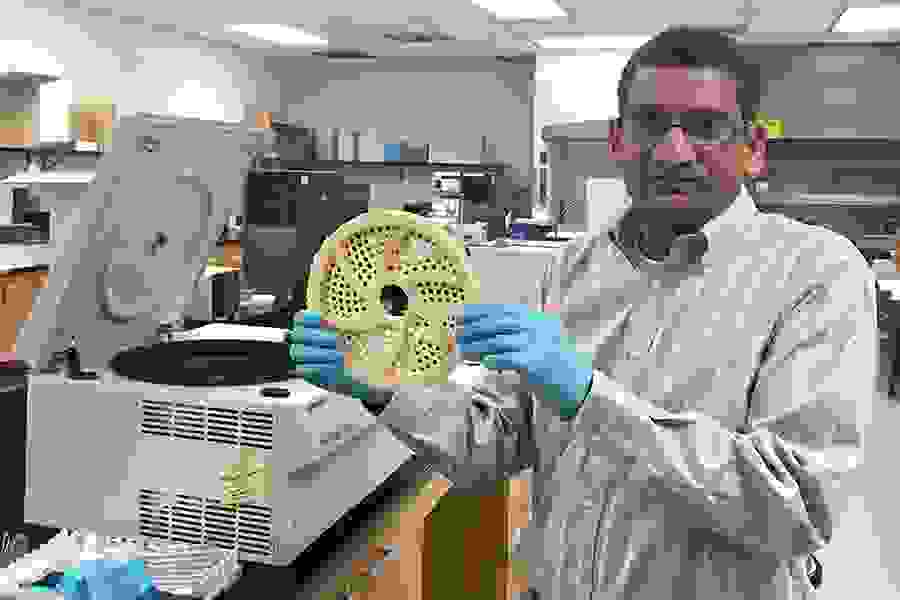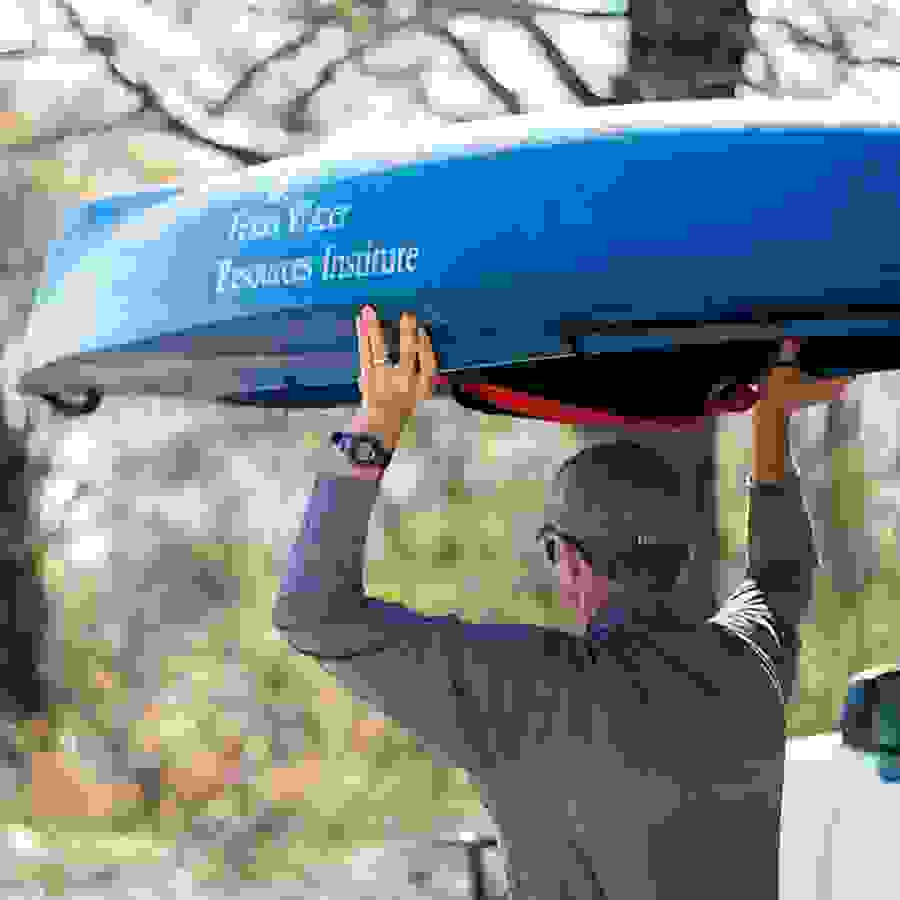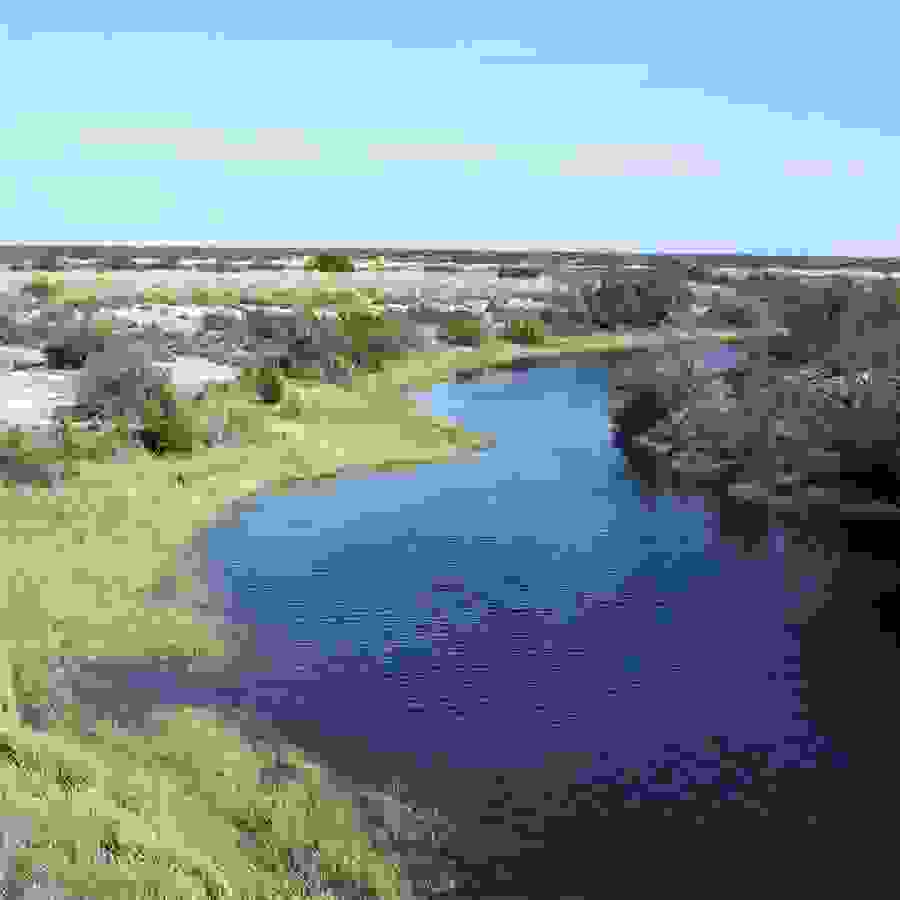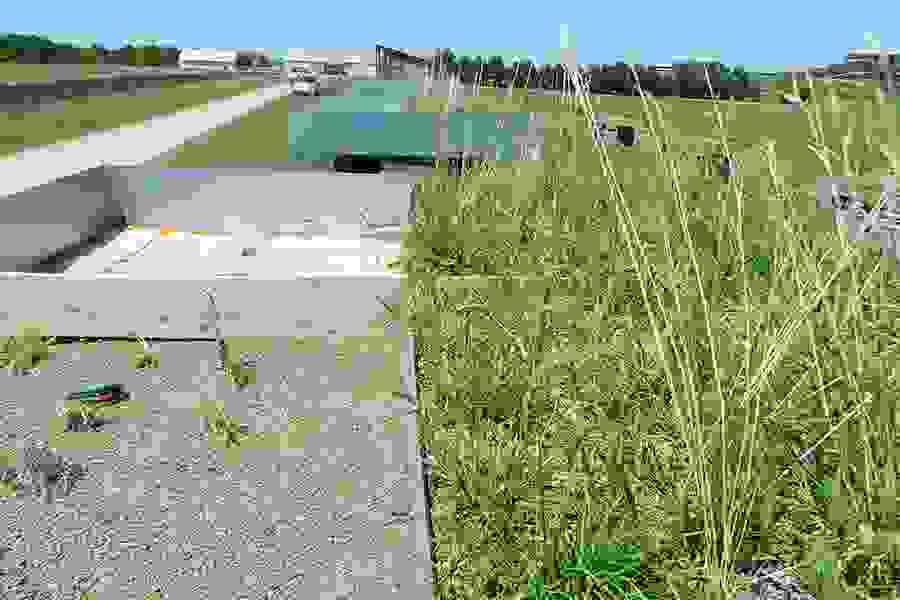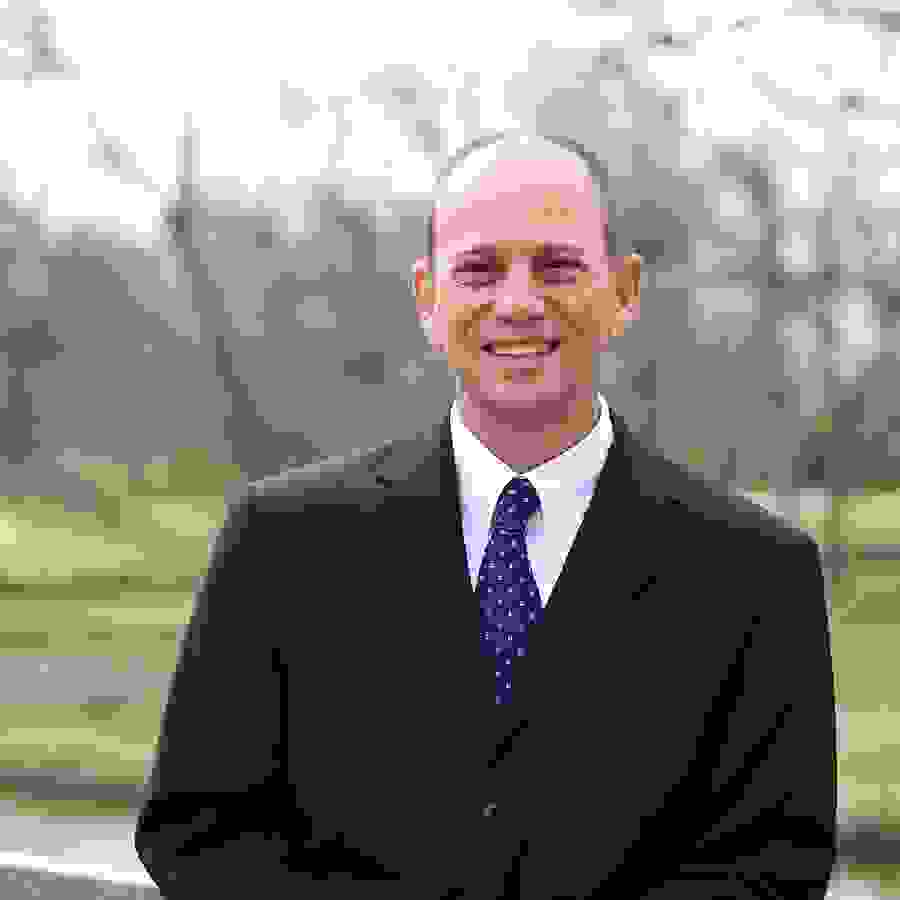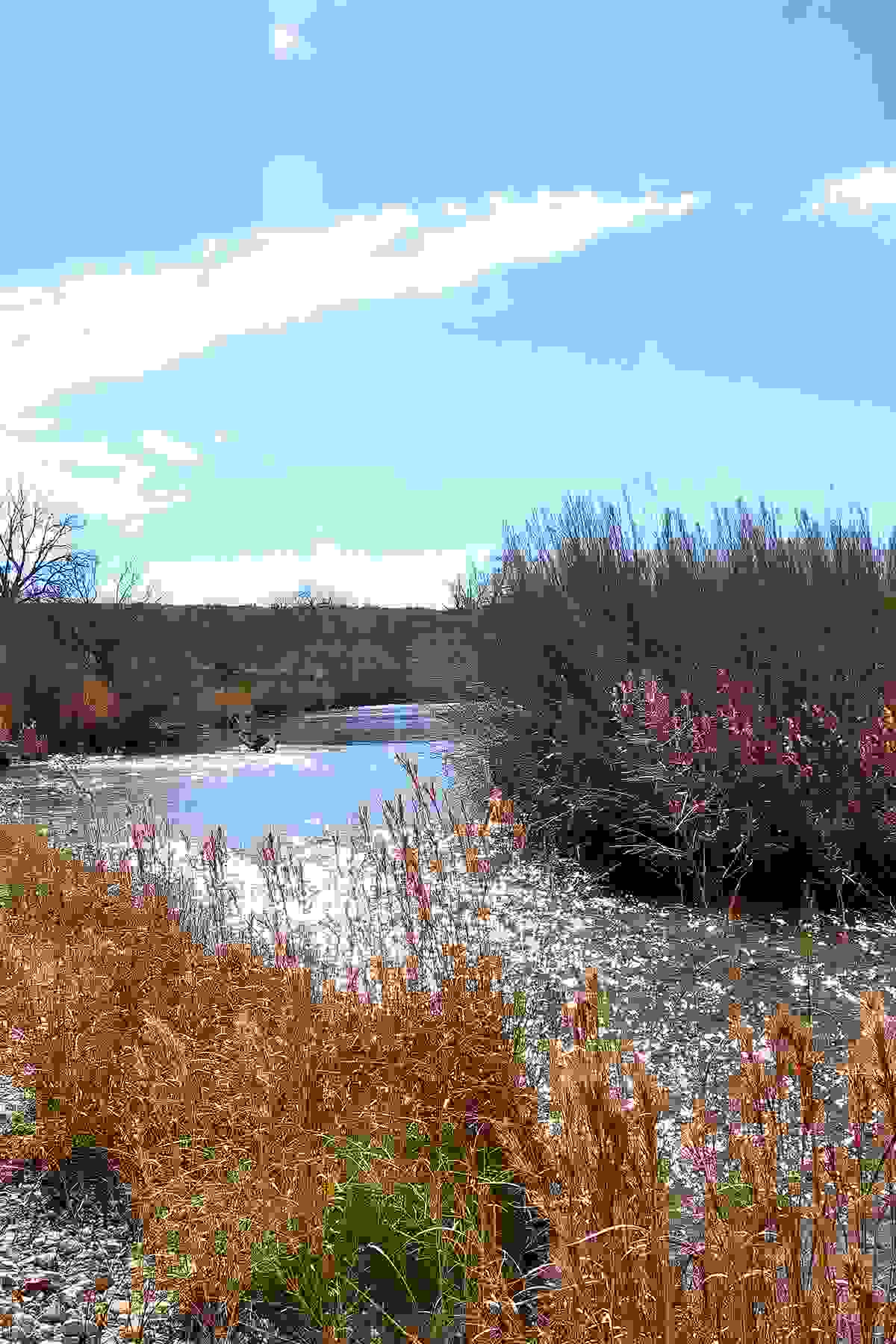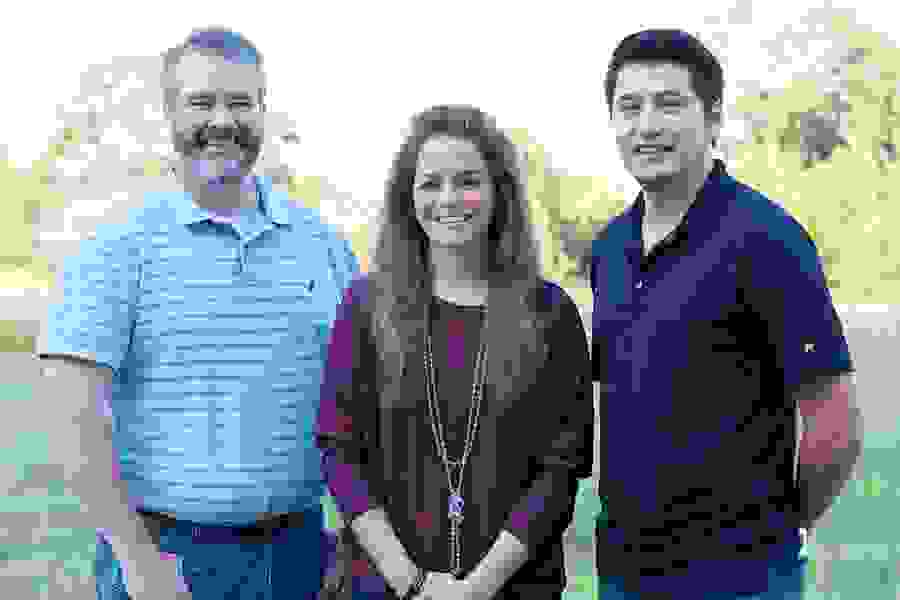By Leslie Lee
Public service is the common thread winding through Dr. Jude Benavides’ resume, even as he is still in the middle of his career as a professor and hydrologist.
Benavides grew up in the Rio Grande Valley and now serves as an associate professor in the School of Earth, Environmental and Marine Sciences at the University of Texas Rio Grande Valley (UTRGV).
“Growing up along the coast, I was always interested in the environment,” Benavides said. “I grew up on a resaca and frequently went fishing as a young kid — I was always outdoors.”
A mentor told teenage Benavides about the water and environmental opportunities that a civil engineering degree could open up to him, and that convinced him to pursue that field. After graduating from high school in Brownsville, Benavides headed to the University of Notre Dame to earn a bachelor’s degree in civil engineering.
Choosing to apply to and join the U.S. Naval Reserve Officers Training Corps, or NROTC, at Notre Dame and committing to serve in the U.S. Navy after graduation was a major inflection point for his career and personal growth, Benavides said.
“After graduating from Notre Dame, I spent six years as an officer in the U.S. Navy, so I spent more time on the water,” Benavides said. “Water has always been a part of my life.”
Returning to hometown waters
When he concluded his time in active duty, Benavides went to graduate school at Rice University and focused on hydrology and flooding. He continued serving in the U.S. Naval Reserves until 2008. With Dr. Philip Bedient, a flood hydrology expert, as his advisor at Rice, Benavides eventually earned both his master’s and doctorate in environmental science and engineering there.
“At Rice I developed my expertise in hydrology and specifically in flood alert systems, flood modeling and hydrologic modeling, as well as doing a little bit of GIS and water quality work,” he said.
Water has always been a part of my life.
After leaving Rice, Benavides took a faculty position at UT Brownsville, returning to the Rio Grande Valley, where the 90-mile-long Arroyo Colorado runs through much of his childhood fishing and exploring spots. He was happy to return to kayaking and fishing in hometown waters, he said. Eventually he and his wife, Anne, an environmental consultant, would grow their family in the Valley and welcome a son in 2015 and a daughter in 2016.
But first, he would start a public service adventure he didn’t see coming.
Jumping in feet-first
“I joined the UT Brownsville faculty in 2005, and I was quickly nominated and became chairman of the Arroyo Colorado Watershed Partnership (ACWP) in 2006,” he said.
“I kind of did it a little backwards,” Benavides said, because most academics wait until they have a little more experience under their belts to jump into public service roles. This career path would present some challenges and some big benefits.
“You have to spend a tremendous amount of time and energy listening to and working with stakeholders, focusing on organizing in the beginning of these projects. Fortunately, we have a really good watershed coordinator to work with,” he said, referring to Jaime Flores, watershed coordinator for the Arroyo Colorado Watershed Partnership and Texas Water Resources Institute (TWRI) program coordinator.
Initially organized by two smaller groups of local stakeholders formed in 1998 as part of the State of Texas total maximum daily load process, the ACWP has since grown into an innovative group of local stakeholders and leaders. It collaboratively works with federal, state and private organizations to improve the health and function of the watershed.
Originally a stream channel of the Rio Grande that provided quality habitat for fish and wildlife, the modern Arroyo Colorado has been modified to carry to sea both commercial barges and, when necessary, flood waters. It empties into the Lower Laguna Madre (LLM) and is still a productive nursery for fish and other aquatic species and provides bird habitat, as well as premier recreational spaces for fishing, hiking and bird-watching. However, for decades, water quality data in the Arroyo have shown high levels of bacteria that exceed the state’s standards for recreational contact.
“I’ve been lucky to be at a university that really emphasizes strong connections between education and outreach, and strong connections with the local region and area,” Benavides said. “In 2006 the university trusted me, and I think that has paid multiple dividends down the road for everyone involved because we are seeing more grant funding come in for this work, and we are seeing a lot of positive action on the ground with water quality enhancement.”
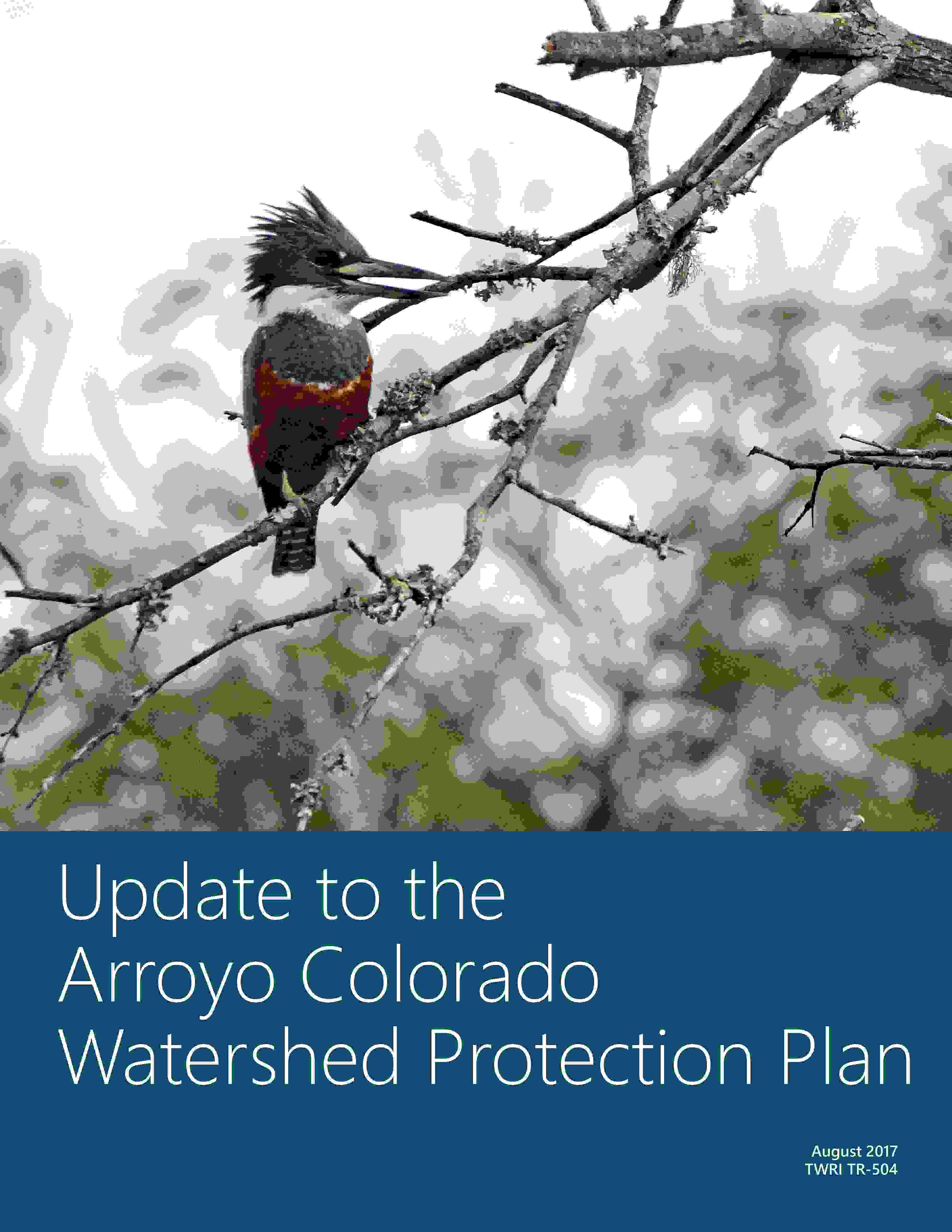
The ACWP focuses on the interrelated issues of water supply, flooding and drainage, fish and wildlife habitat, and water quality, particularly runoff pollution concerns. With support from Texas Sea Grant, the Texas Commission on Environmental Quality, the U.S. Environmental Protection Agency and TWRI, the group published the Arroyo Colorado Watershed Protection Plan in 2007.
Benavides has been instrumental in implementing it alongside local stakeholders.
“Years ago, local policy folks and stakeholders might not have turned to the university for help with these kinds of water issues — they might have gone to outside consultants or state agencies,” he said. “But, if you’re like me and you live in the watershed, then you really know it, and there is a lot of added incentive to work on issues in your own backyard.”
Working in ‘his own backyard,’ Benavides has learned a lot about stakeholder engagement and organizing watershed efforts.
“My advice would be, have confidence in the voice and the requests of your stakeholders,” he said. “Especially when I was a beginning academic, I had to be very mindful of that — just because you’re educated and have a Ph.D., you don’t really know that watershed or the needs of that watershed until you spend some time in it. I quickly realized I had a lot more to learn.
“And, through watershed protection planning and established education and outreach efforts like the ACWP, you grow relationships and build trust, which is far more beneficial than just addressing specific research or new technology issues.”
Seeing watershed planning produce results
Flores and Benavides have spent much of the last 10 years putting their combined expertise in hydrology and local water bodies into action.
“We have leveraged the 2007 plan and the stakeholder relationships to the tune of several millions of dollars in grants that are helping address water quality issues in the Arroyo,” he said.
Watershed stakeholders have accomplished many of the objectives of the original plan, including upgrading eight local wastewater treatment facilities from outdated lagoon treatment plants to modern mechanical plants. This has reduced the contaminant loading into the Arroyo Colorado from continuous flow sources. Partnership funds also helped provide centralized wastewater service to 17,054 residents in 42 colonias.
The ACWP also helped landowners voluntarily implement best management practices to improve water quality on 130,000 acres of irrigated cropland. The partnership’s education and outreach efforts have reached more than 100,000 residents at 221 events and installed approximately 8,000 informative storm drain markers throughout the watershed.
The partnership published an updated Arroyo Colorado Watershed Protection Plan in 2017, and Benavides said the revision will help give the local efforts a more accurate road map for implementing the plan and managing the watershed.
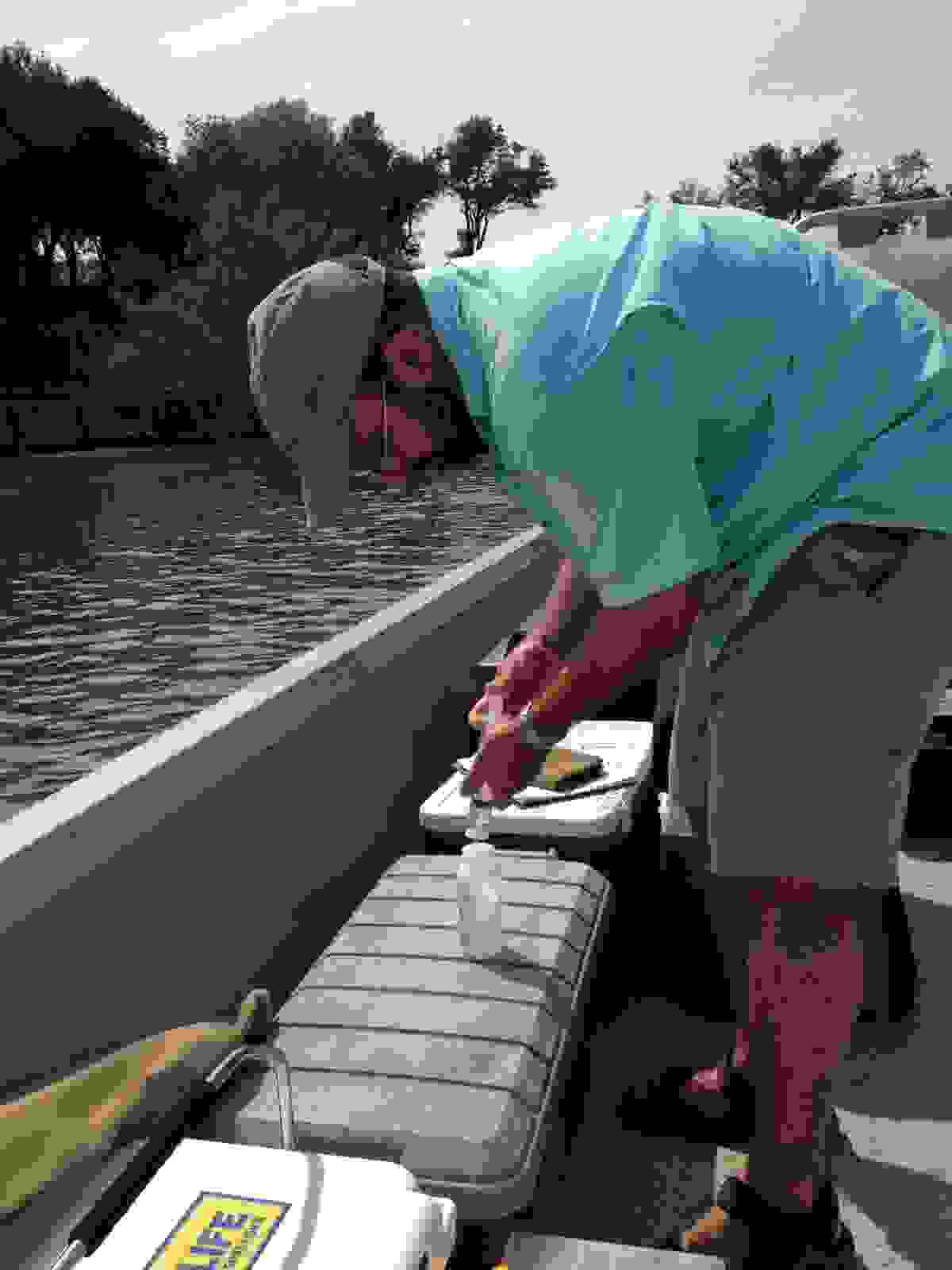
Helping another watershed
For the past few years, Benavides has also been involved with another local watershed restoration effort, this time for the Lower Laguna Madre/ Brownsville Ship Channel watershed, called the Brownsville Resaca watershed by some. Like the Arroyo Colorado watershed, segments of water bodies within this watershed are also currently listed as impaired by the state for high bacteria levels.
“We are in the first stage of that watershed planning process, which is characterizing the watershed,” he said. “That study has been going on for a couple of years. It involves very carefull detailing all the subbasins in the watershed so we can compile the necessary data to achieve the overall goal of identifying point and nonpoint sources of pollutants in the watershed.”
The make-up of the Lower Laguna Madre/ Brownsville Ship Channel watershed presents several challenges.
“It is very flat, and it is a very intricate network that consists of distributaries from the Rio Grande, drainage ditches, irrigation canals and coastal features such as bays, lagoons and saltwater flats,” he said. “All of those water bodies kind of merge together, so any little thing can interrupt the flow or change the flow path. The water quality source tracking work we’re coordinating now examines where the potential sources of the pollutants are, and whether they are a concern.”
Benavides said one of the things he is most proud of in his career is bringing more academic and research attention to the Rio Grande Valley and to smaller waterways, such as resacas, the ship channel and the Arroyo.
“One of the sayings here is that the Arroyo Colorado is a little waterway with a big job,” he said, because it provides a badly needed freshwater environmental flow to the LLM, habitat for migrating birds, and serves as a nursery for juvenile shrimp, fish, crabs and wildlife.
“I’m proud that these regional hydrology and water quality efforts are now supported strongly by academics and the academic institutions here.”
Interdisciplinary water research in the Valley
“In the beginning of my career, I was one of the few hydrologists at UT Brownsville and UT Pan America for many years before we merged into UT Rio Grande Valley,” he said.
Helping lead the ACWP so early in his career helped Benavides understand local water problems.
“It forced me to learn the watershed in a different way,” he said. “It got me out of the office, off campus and tuned-in to a lot of different stakeholders’ needs.”
The water challenges we have today in the Valley are going to be nothing like we will see 25 to 50 years from now, but I’m confident that together we will develop the necessary, stakeholder-driven solutions to meet them.
As UTRGV has grown, the number of faculty members doing water research has grown as well, Benavides said, and the abundance of interdisciplinary water research now happening at the university serves the region’s unique needs well.
“When you are looking at an area of Texas, or even the world, that is in a semi-arid, sub-tropical area, and in a coastal area, and in an international basin or water basin, and that is multicultural and rapidly changing from an agricultural area to a rapidly growing urban industrial area, that presents a whole host of interdisciplinary challenges,” he said. “From engineering to science, to policy, to agriculture, to environmental water and flows, to flooding, to coastal issues — you name it, the Valley and Rio Grande delta have it.
“Brownsville is often referred to as ‘on the border, by the sea,’ and as a result, we have grown and need to continue to grow our team of environmental scientists, civil engineers, marine biologists, ecologists and others who are studying a little bit of everything — hydrology, groundwater, surface water and how these water resources connect with and support the environmental and human systems in the area.”
The rapid population growth and urbanization occurring in the Rio Grande Valley also heightens the need for interdisciplinary water research and outreach.
“These quickly urbanizing watersheds have been terribly understudied,” Benavides said. “I think that at UTRGV we are helping meet that need by partnering across systems, such as with TWRI and the Texas A&M University System, to together focus on regional water needs.”
“The water challenges we have today in the Valley are going to be nothing like we will see 25 to 50 years from now, but I’m confident that together we will develop the necessary, stakeholder-driven solutions to meet them.”

